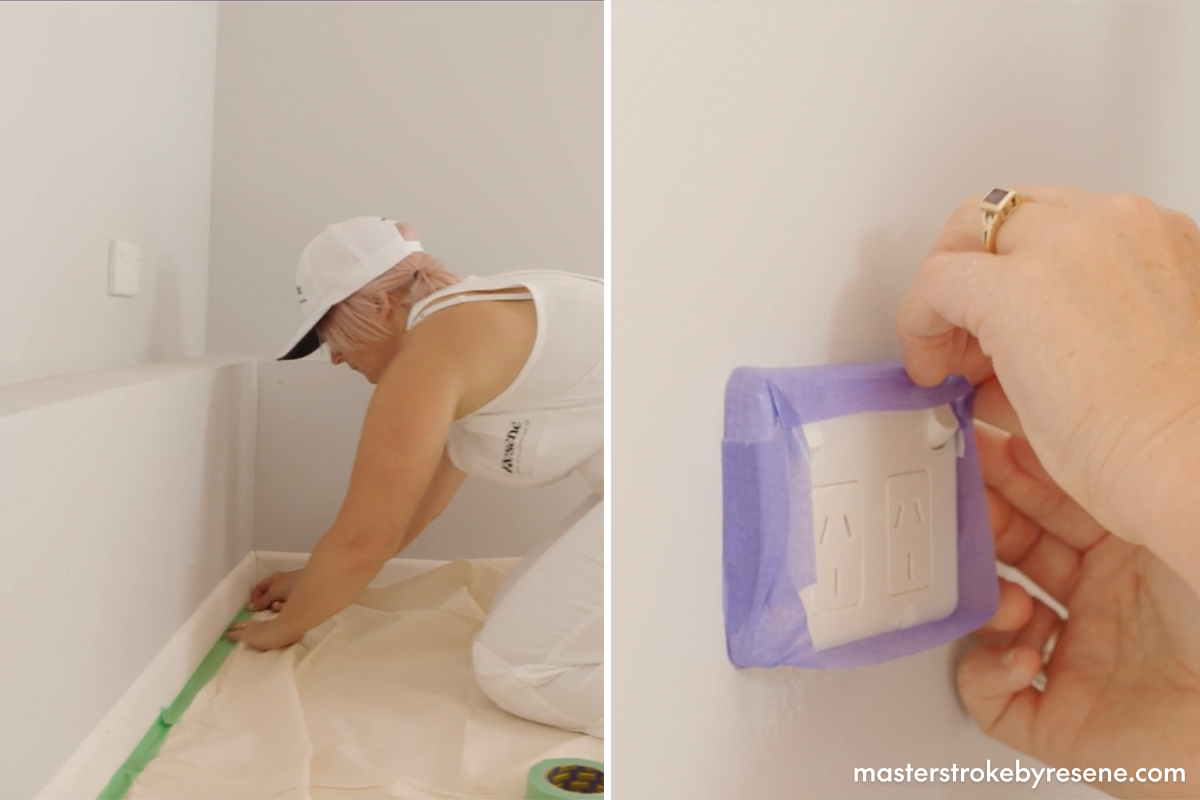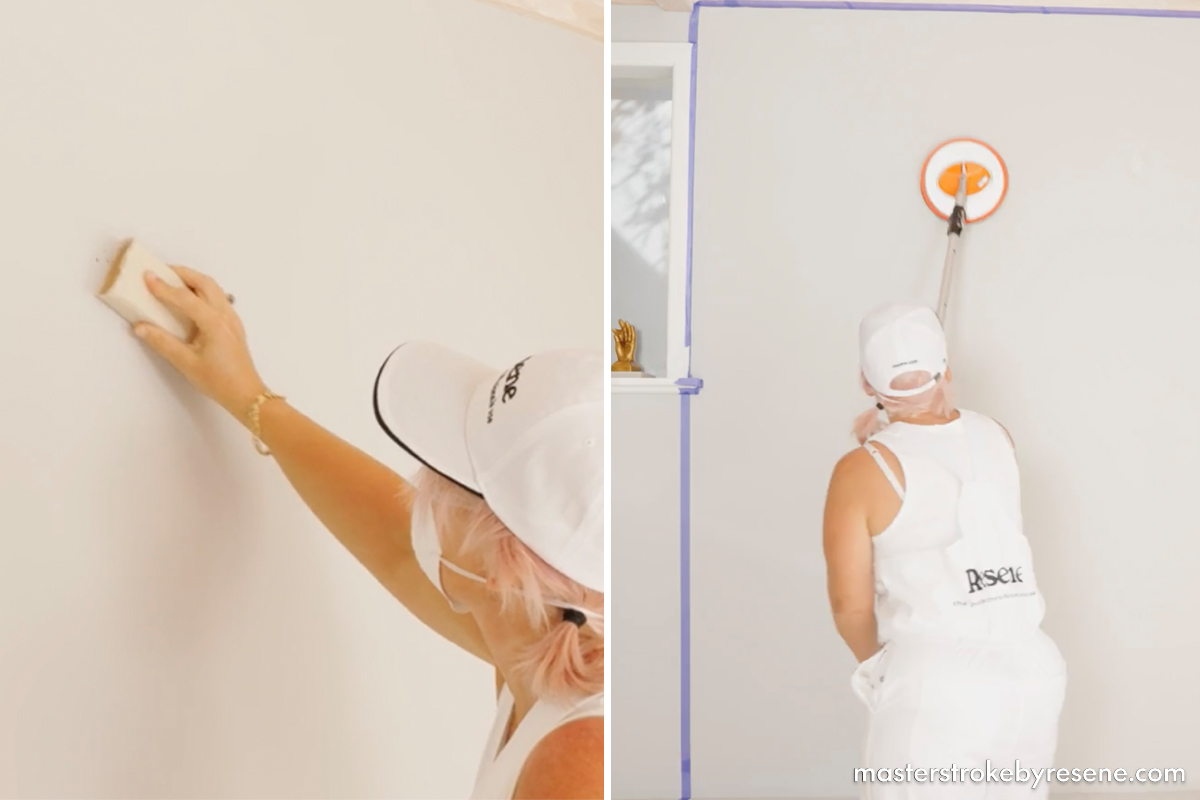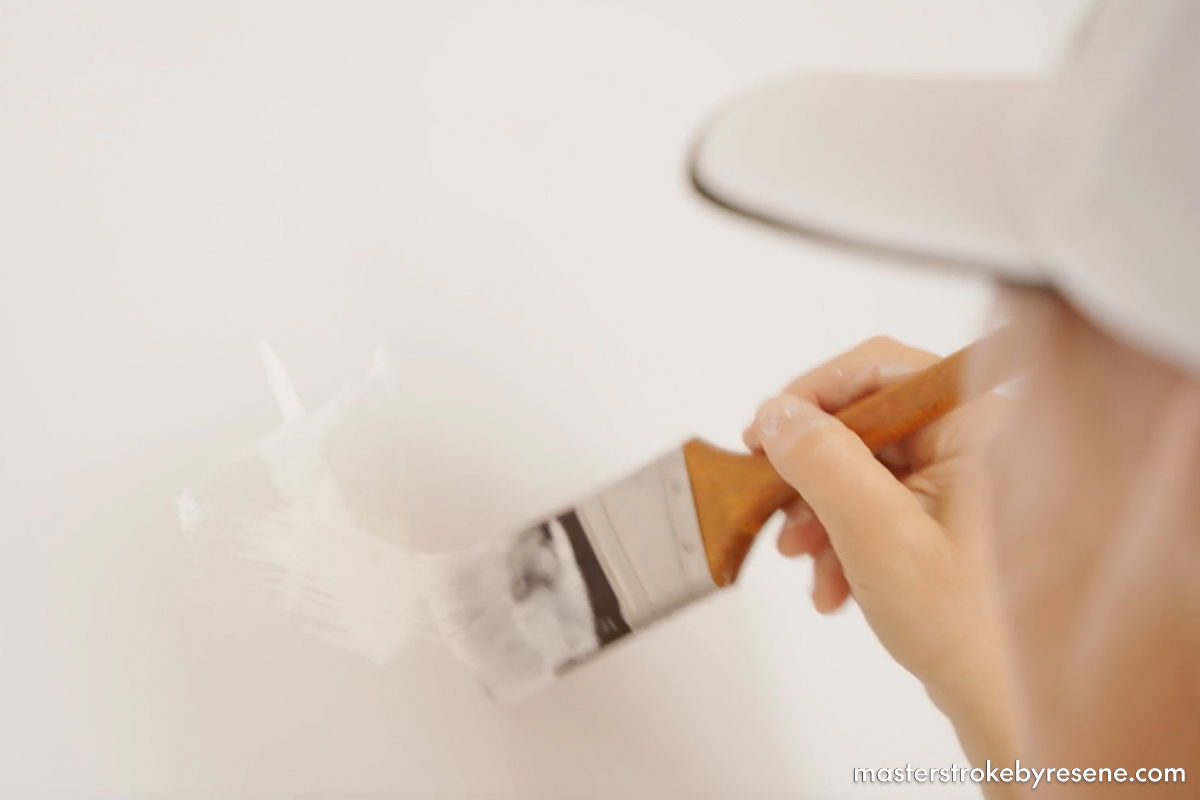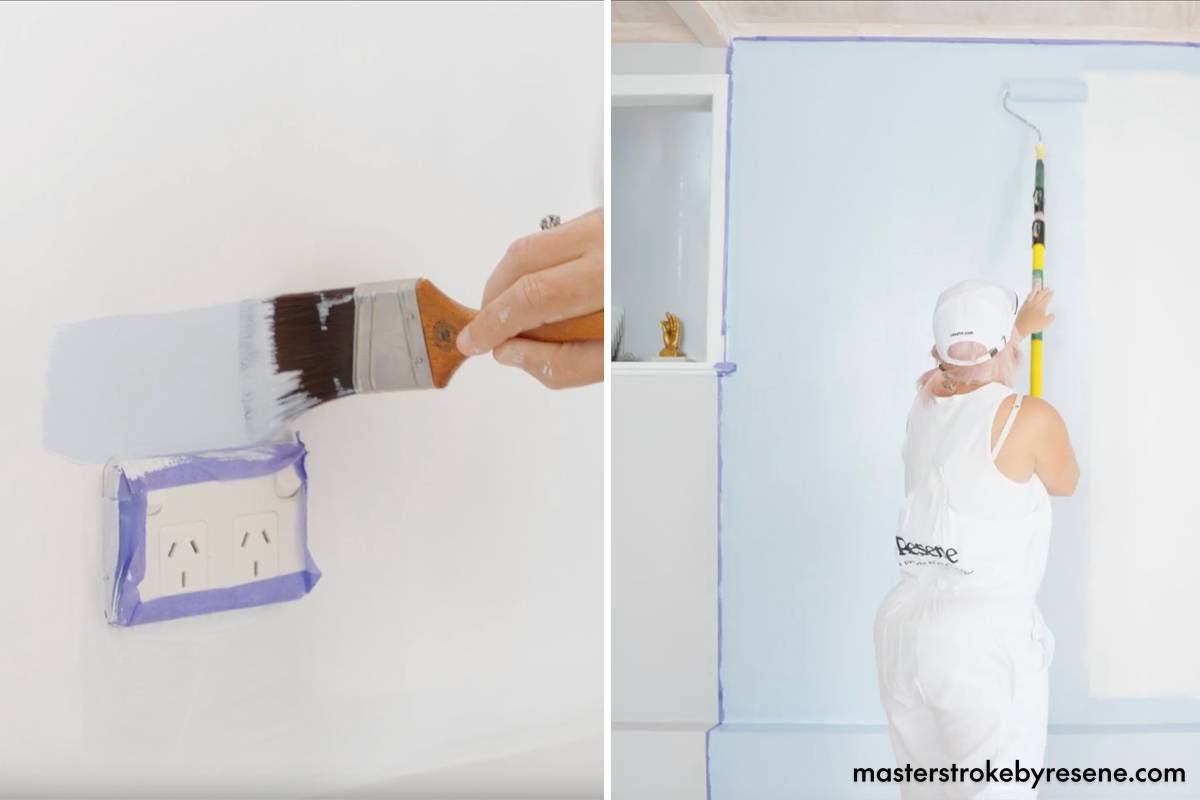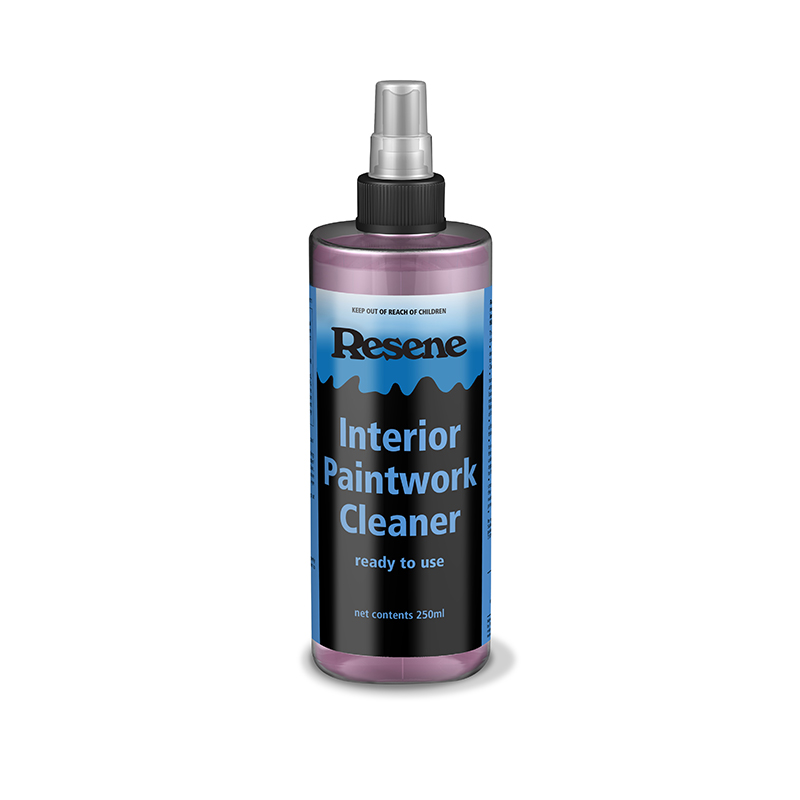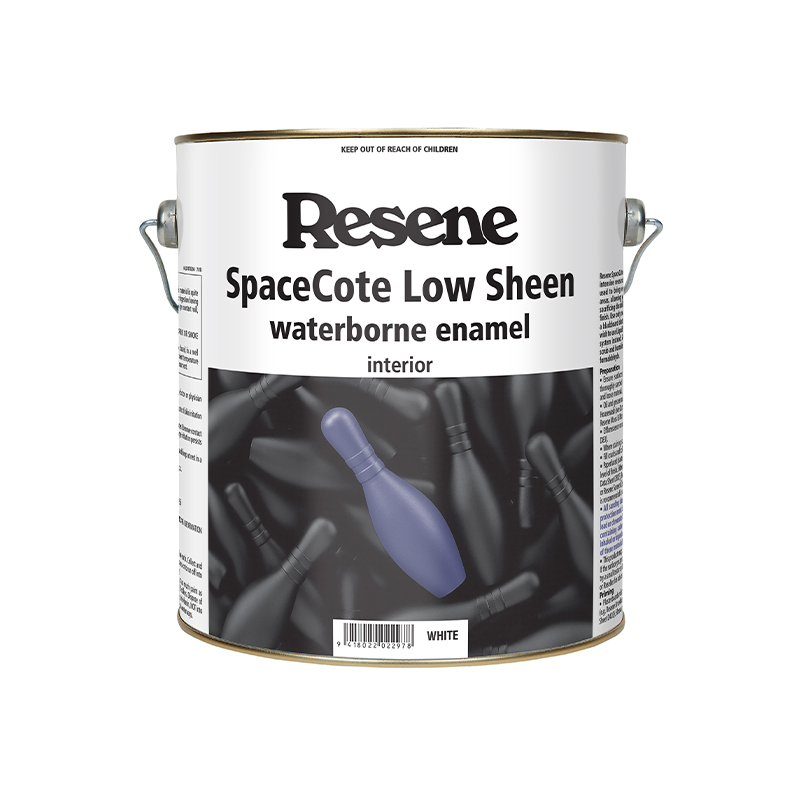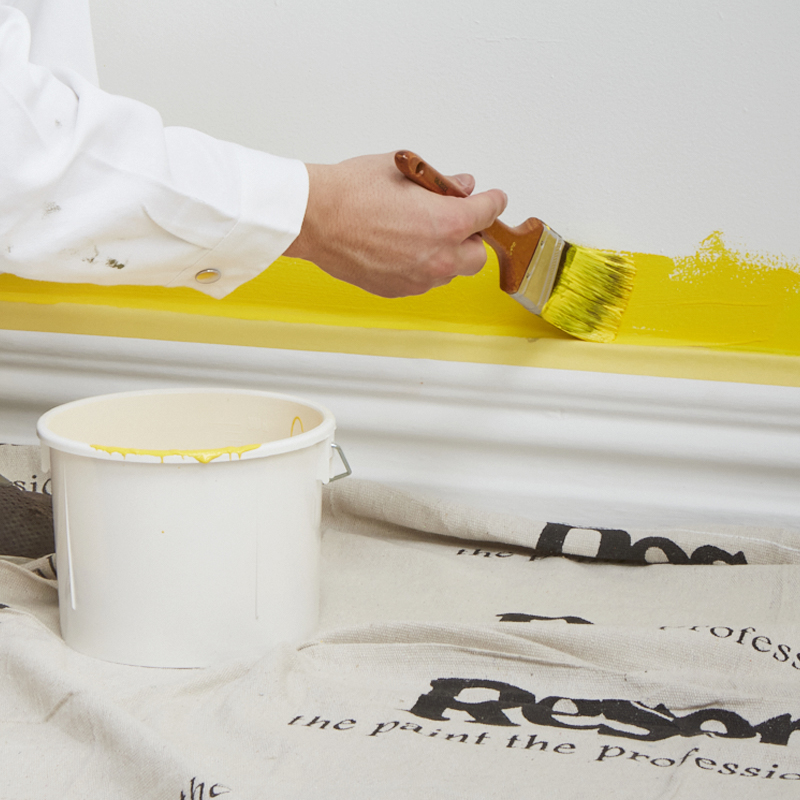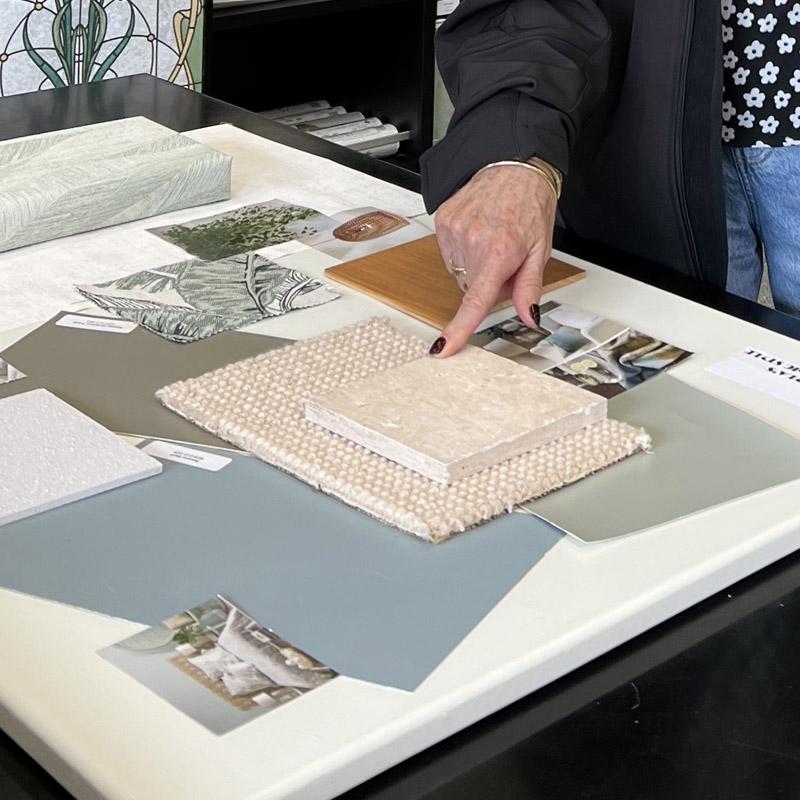Choosing to paint a wall in a feature colour is one of the most low-cost, high-impact ways you can make a change to your home. If you’re painting in spring or summer, throw open the doors and windows for ventilation and to speed up your drying time. Or if you’re decorating in autumn and winter, make sure you heat the room and open the windows to help your paint dry faster. As always, proper preparation is key to getting the best, most-professional looking results. In terms of colour, remember that it is your home so you can be as bold and daring as you like! The beauty of a feature wall is that an impactful colour won’t completely overwhelm the space.
Specific colours can create a different vibe and ambiance to a room. Blue is one of the most popular choices for bedrooms. It’s associated with feelings of calm and serenity and research shows that it can reduce the heart rate, which is helpful when it comes to drifting off to sleep. While all shades of blue get the ‘helps with sleep’ tick, lighter shades work particularly well. We have painted this bedroom below in Resene Dream Big, a restful, sky blue. If, however, you’d prefer a darker blue, try a shade like Resene Coast which can help create a more relaxing and deeply cocooning ambiance, without being too overstimulating, which darker colours sometimes can be.
Follow these steps to add some colour to your space with a painted feature wall.
Top tip: So you’ve decided to paint a feature wall, but how do you know which wall is going to work best? Consider a room’s existing features and look for its natural focal point. For instance, in a bedroom, the wall at the head of your bed is often a good option.

